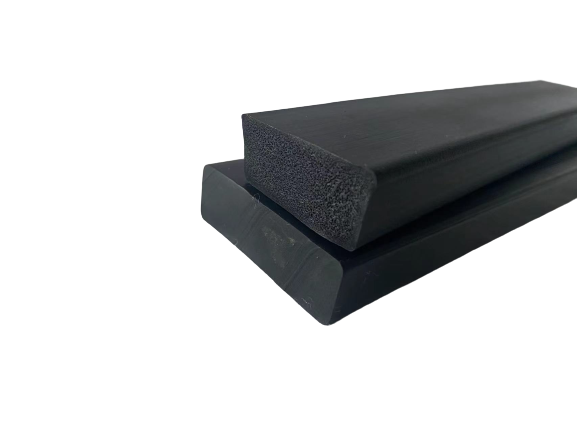12 月 . 05, 2024 06:20 Back to list
Effective Solutions for Securing Sea Container Doors with Reliable Seals
Understanding Sea Container Door Seals Ensuring Security and Integrity in Shipping
In the shipping and logistics industry, ensuring the safety and integrity of cargo is of paramount importance. One often-overlooked element in achieving this is the sea container door seal. These seals play a critical role in safeguarding the contents of shipping containers as they traverse vast oceans and navigate through various ports around the world. In this article, we will explore the significance of sea container door seals, their types, and best practices for their use.
The Importance of Sea Container Door Seals
Sea container door seals serve multiple purposes. Their primary function is to secure the doors of a shipping container, preventing unauthorized access and ensuring that the cargo remains untouched during transit. This is particularly important in an industry where theft, tampering, and damage are prevalent. A container that is properly sealed sends a clear message that its contents are protected, discouraging potential theft and ensuring that the items inside arrive at their destination in the same condition they were loaded.
Moreover, seals also function as indicators of tampering. Once a seal is broken, it becomes evident to customs officials, shipping companies, and receivers alike that the container may have been accessed or compromised. This capability is essential for maintaining the integrity of supply chains, enforcing safety regulations, and ensuring compliance with international shipping laws.
Types of Sea Container Door Seals
There are several types of sea container door seals available, each designed for specific applications and security needs. The most common types include
1. Bolt Seals Known for their strength and security, bolt seals are made of hardened steel and are used on high-value cargo. They typically require a special tool for removal, making them a strong deterrent against tampering.
2. Cable Seals These seals consist of a flexible cable that can be threaded through the doors and locked in place. Cable seals offer versatility and can be adjusted to fit different container sizes.
4. Combination Seals Some seals come with a combination lock, adding an extra layer of security. These are useful when controlled access is needed, allowing specific personnel to open the container while keeping others out.
sea container door seals

5. Electronic Seals The advent of technology has led to the development of electronic seals, which can provide real-time tracking and tamper alerts. These high-tech solutions are ideal for shipping sensitive cargo and can integrate with logistics tracking systems.
Best Practices for Using Sea Container Door Seals
To maximize the effectiveness of sea container door seals, it is crucial to follow certain best practices
1. Choose the Right Seal Depending on the value and sensitivity of the cargo, select the appropriate type of seal. High-value items may warrant the use of bolt or electronic seals, while low-value goods may be adequately secured with plastic seals.
2. Inspect Seals Regularly Before and after loading, inspect seals for any signs of damage or tampering. An undamaged seal should be used to ensure maximum security.
3. Document Seal Numbers Keep a record of seal numbers in shipping documents. This ensures accountability and can assist in investigations should tampering occur.
4. Educate Staff Provide training to staff involved in the shipping process to ensure they understand the importance of seals and how to use them correctly.
5. Collaborate with Customs Ensure that customs officials are aware of the seals used to enhance transparency and streamline the inspection process at ports.
Conclusion
Sea container door seals are an integral component of the modern shipping industry, offering security, accountability, and peace of mind for shippers and recipients alike. By understanding the various types of seals available and implementing best practices, stakeholders can effectively safeguard their cargo, mitigate risks, and contribute to the overall efficiency of international trade. As shipping continues to evolve, the importance of securing cargo through proper sealing techniques cannot be overstated.




